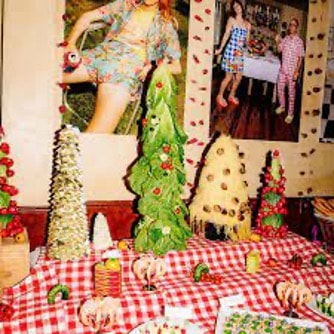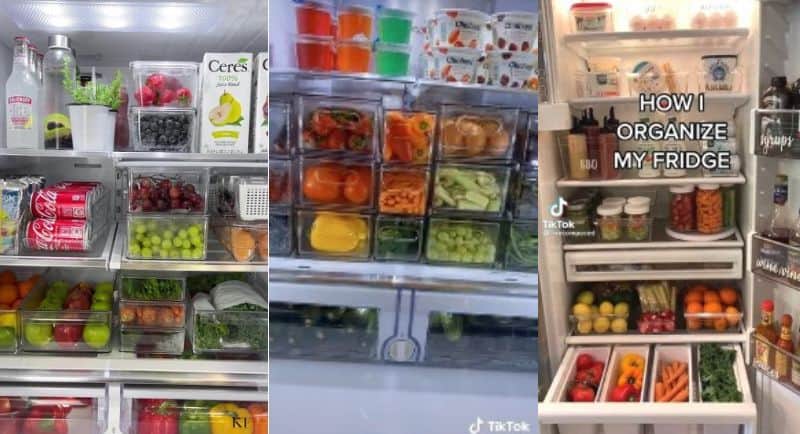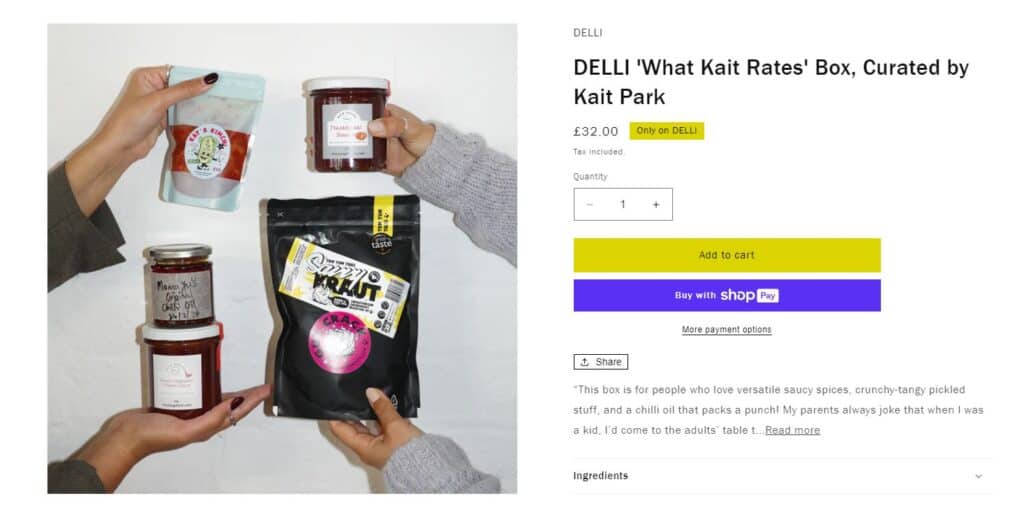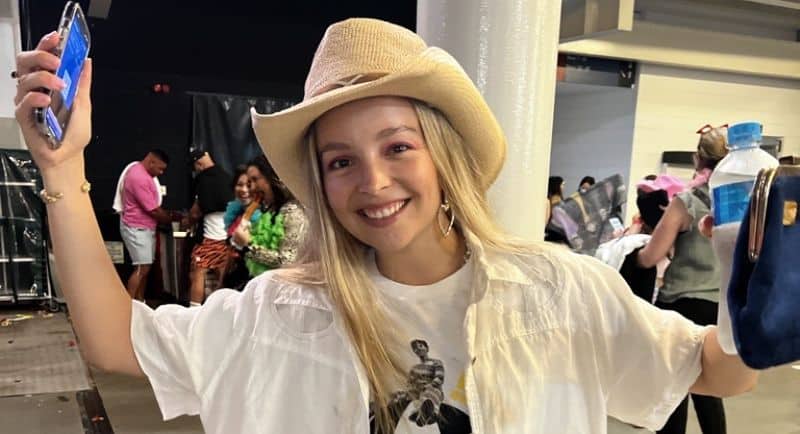‘Obsessed’ is a monthly deep dive into social and cultural trends that can help marketers inform the way they think. Led by Kate O’Loughlin, Initiative strategist and self-confessed obsessive, ‘Obsessed’ will be a magic school bus to expand marketing mindsets and help brands remain relevant amongst an ever-changing cultural landscape.
This month I’m obsessed with… the representation of food as a status symbol for quiet luxury brands and the arts.
While it’s easy to think that food imagery has nothing to do with us in the marketing industry, understanding how consumers are regarding food gives us the opportunity to address potential challenges around brand associations or perceptions.
I recognise that food, particularly at fine-dining restaurants or traditionally expensive items like caviar and lobster, has always had an element of status. But when Aussies are cutting the costs of everyday groceries and there is an increase in consumers practicing ‘dumpster diving’, has everyday food become a status symbol too?
Food art
A recent Nylon party celebrating the 15th birthday of Rachel Antonoff’s self-titled fashion label saw the inclusion of a series of food sculptures. However, the seemingly uneaten artworks weren’t made of traditionally ‘luxurious’ foods, but rather good old fashioned cheap eats – bread, cabbage, and tomatoes.


At the same time, Instagram florists like @glenn.arvor are using everyday food items like capsicums, zucchini, and bok choy as central pieces within their art.
View this post on Instagram
View this post on Instagram
The art and fashion worlds alike have picked up on fresh produce as a consistent visual motif, suggesting that household produce is seemingly the new ‘it’ product.
With the rise in produce costs (by no fault of the farmer), fresh has become a form of quiet luxury. We’ve seen a similar trend throughout history with difficult to grow products such as pistachios. The nut’s name is now synonymous with fashion, often being used to describe pale green products.
Food content
Food in art and fashion is demonstrating a theme of abundance – something hard to find in a cost of living crisis. The popularity of content like ‘fridge tours’ are an outcome of our rising obsession with abundance, with the insides of our fridge becoming a new form of judgement. If you don’t have at least two shelves of fresh food, are you even healthy?

Food and fashion aren’t strangers. The 2020s have seen an increase in the number of influencers or models releasing food-based products, from Hailey Bieber’s Erewhone smoothie to Kendall Jenner’s 818 tequila. However, it’s not just the mega influencers who are aligning their image with food products.
Food affiliates
The UK app ‘Delli’ has curated various product boxes based on different creator recommendations. The app, inspired and created by the founder of Depop, demonstrates the role of food as an accessory. It’s a way to align grocery shopping to the recommendations of customers’ favourite creators, but in a way which doesn’t require a physical product, or the logistics and investment which comes with it.
If reading this made you hungry, I suggest investigating your pantry for what could be the next ‘big thing’ on our runways or in our galleries. There’s seemingly no cabbage too wrinkled, and no oil too greasy for fashion’s food darlings.


While I’m not a fan of increasing grocery prices, food as a form of status doesn’t need to be a bad thing. I am the first to advocate for an aesthetic matcha latte to carry around. Better still if it’s in a flat-top cup from a café recommended by my favourite influencer.
As marketers, it is important that the shifting perceptions of food and produce is something of which we’re cognisant. By understanding how our customers are viewing food, we can use this trend to deliver on varying brand objectives:
• Looking to make your brand appear more accessible? Food brands looking to remain accessible for audiences of all incomes should look to incentivise beyond the product. Identifying opportunities to give the customer an add-on will be key to mass appeal if price is out of control. Examples include gifts with purchases, or consumer promotions.
• Looking to make your brand appear more premium? Consider a food partnership or visual motif. Identifying food prints or patterns to incorporate into the brand’s imagery presents a chance to leverage food as a symbol of brand status. It doesn’t need to be caviar, the humble tin fish could do.
No matter your objective, in pursuit of sustainability, it is critical that we minimise ‘food as a prop’ within our brand assets. If it’s not being consumed, and can’t be consumed later, then question the role of food in the image.
See also:
Kate O’Loughlin: What the Met teaches us about celebrity mega-brands and consumer expectations
Kate O’Loughlin: Jojo Siwa’s rebrand proves marketers should commit to the bit
Kate O’Loughlin: Marketing lessons from the rise of run clubs
Kate O’Loughlin: The Carnival World Cruise: brand titanic… or life raft?
Top image: Kate O’Loughlin
